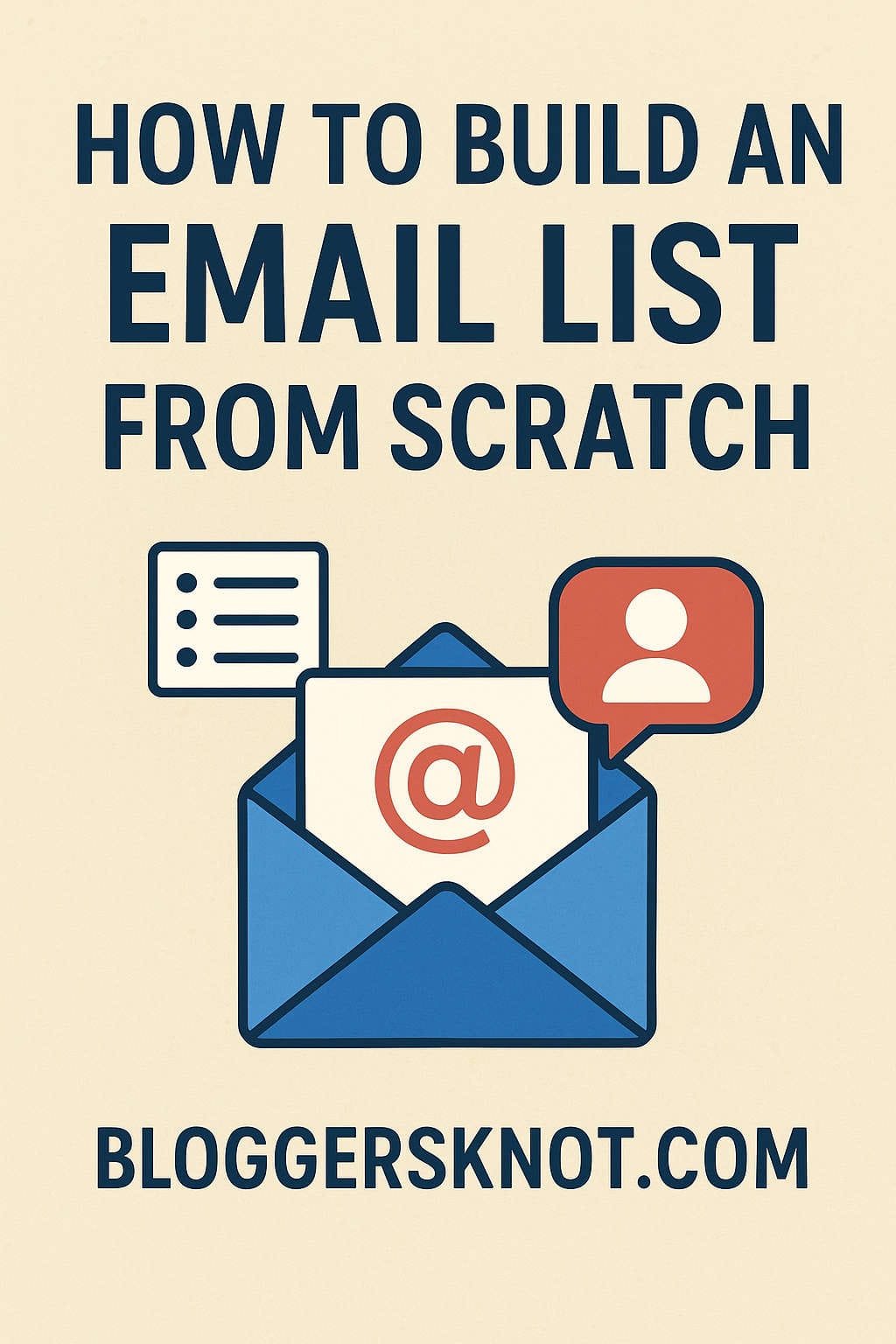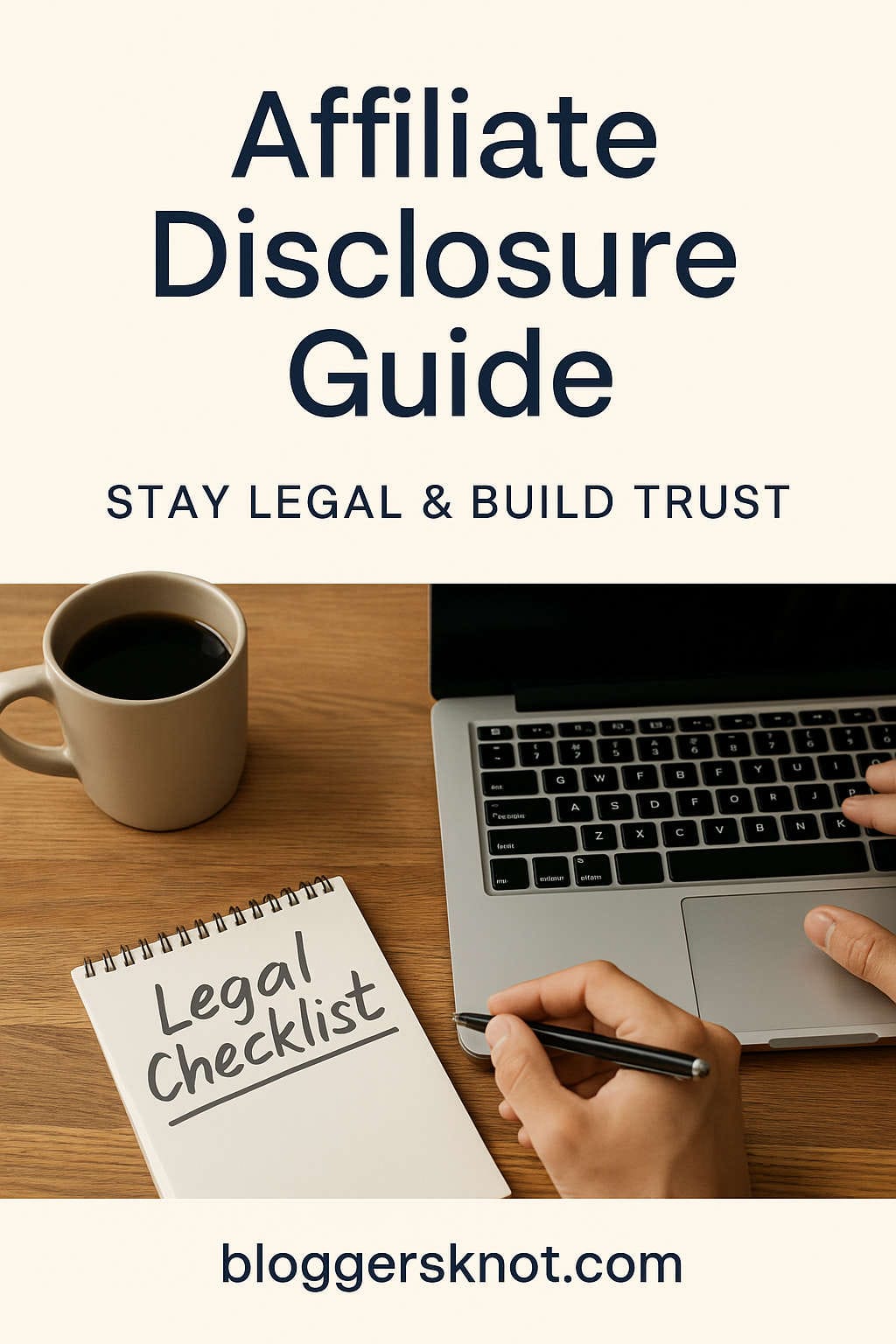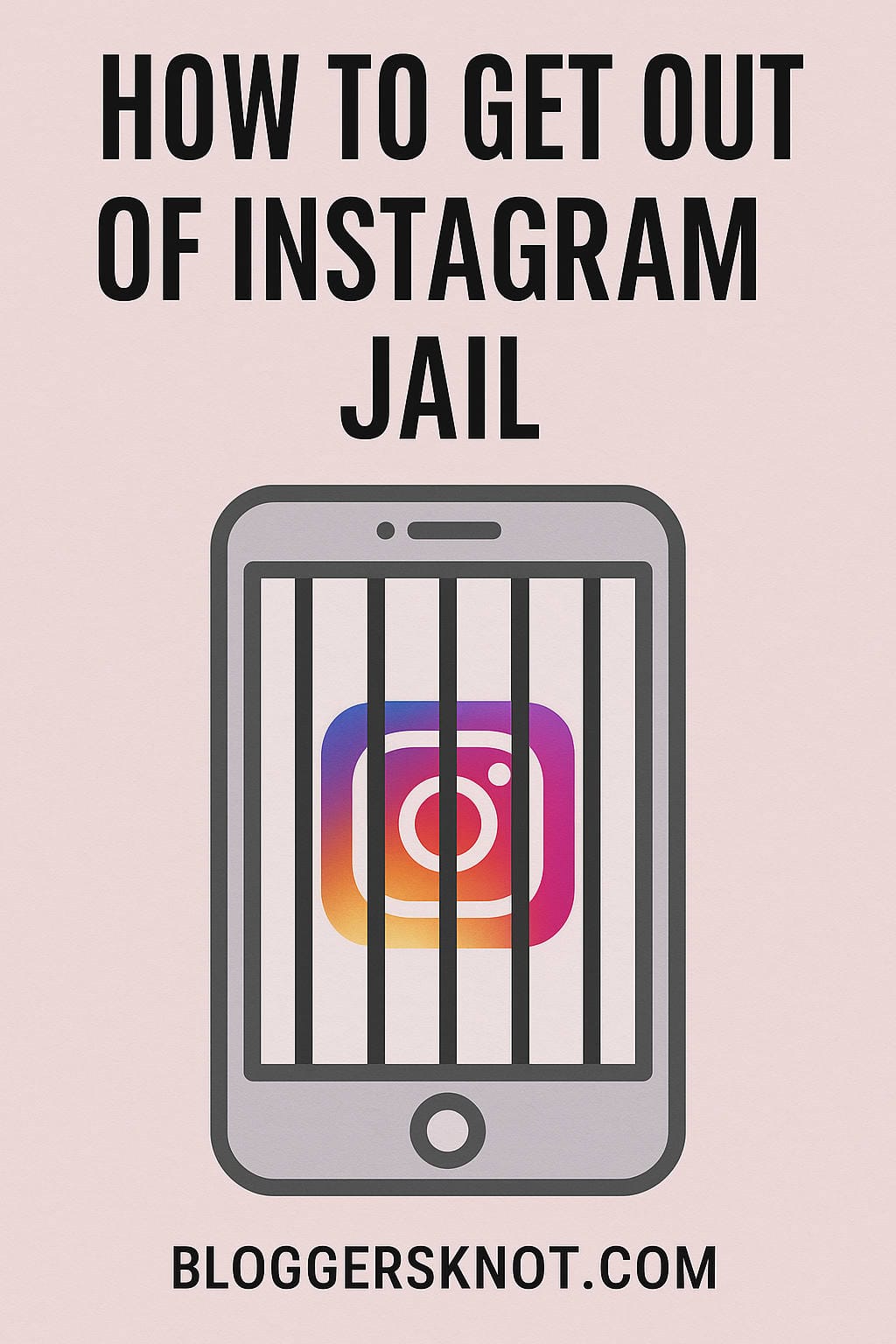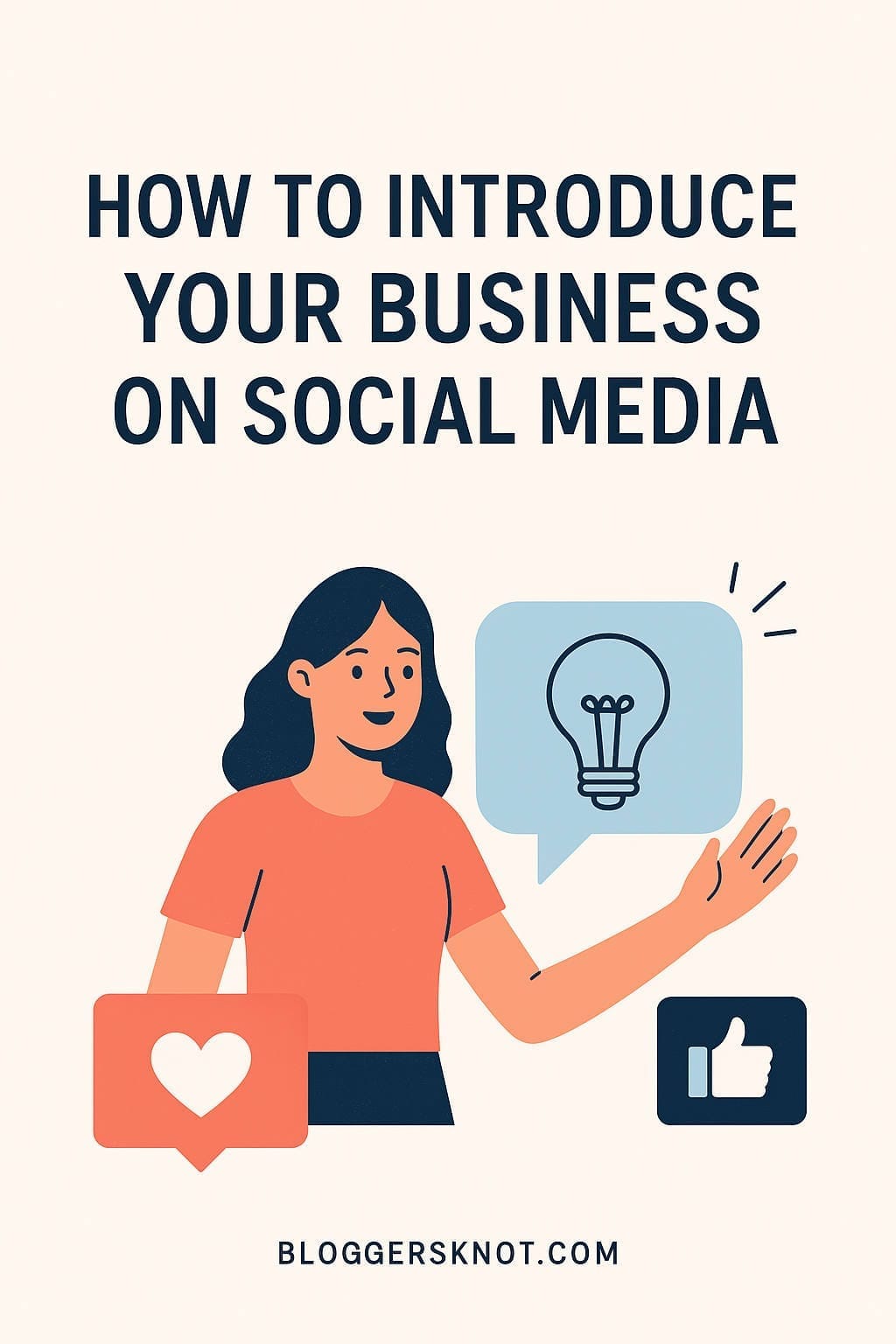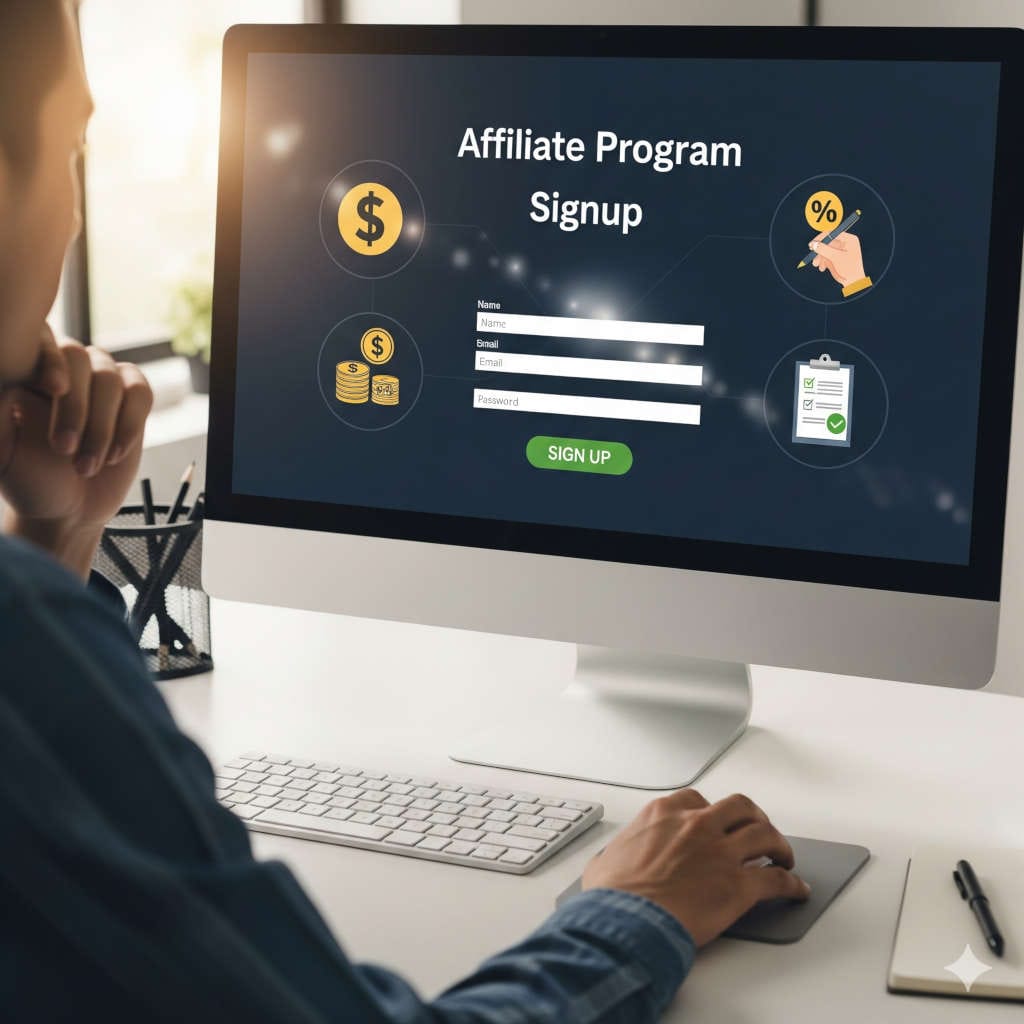If you’ve been trying to grow your business online, you’ve probably heard this advice a hundred times: “You need an email list.”
It sounds simple, but when you’re just starting out, it feels overwhelming. You might be wondering:
- Where do I even begin?
- Why would someone give me their email address?
- How do I keep people interested once they sign up?
Take a deep breath—this guide is here to walk you through the process step by step. By the end, you’ll not only know how to build an email list from scratch, but you’ll also have a clear action plan you can put into motion today.
Let’s get started.
Why Building an Email List Is Essential
Before diving into tactics, let’s talk about why email marketing is still such a big deal. Isn’t social media enough?
Here’s the truth: while social media platforms are powerful for visibility, they’re also unpredictable. Algorithms change, accounts get suspended, and your reach is never guaranteed. With email, you own your list. It’s a direct, personal connection with your audience.
Here are a few reasons email is non-negotiable for long-term growth:
- Ownership and control: You don’t rent space on someone else’s platform; your list is yours.
- Direct access: Emails land in people’s inboxes—no fighting algorithms for visibility.
- High ROI: Studies show email generates one of the highest returns in digital marketing, often averaging $36–$42 for every $1 spent.
- Relationship building: Unlike ads or random posts, email allows you to build trust over time.
Think of your email list as your most valuable digital asset.
Step 1: Get Clear on Who You’re Talking To
A mistake many beginners make is thinking, “If I build a list, everyone will want to join.” But in reality, you only want the right people on your list.
Imagine running a cooking blog. If you attract subscribers interested in car repairs, your emails won’t resonate, no matter how great your content is.
So start by defining your ideal subscriber:
- What are their biggest challenges?
- What are their goals and aspirations?
- What problems can you help solve?
For example:
- A fitness trainer may target busy moms looking for 15-minute workouts.
- A freelance designer may focus on small businesses needing affordable branding tips.
- A finance blogger may cater to beginners wanting to get out of debt.
The clearer you are about who you’re serving, the easier it becomes to create offers that attract them.
Step 2: Pick an Email Marketing Platform
Next, you’ll need a place to store and manage your subscribers. This is where an email marketing platform comes in.
Some popular options:
- ConvertKit: Excellent for creators and bloggers who want automation without too much complexity.
- Mailchimp: A classic choice, good for small businesses starting out.
- MailerLite: Affordable and beginner-friendly with drag-and-drop builders.
- ActiveCampaign: Advanced features for businesses wanting deep automation and CRM tools.
When evaluating, look for:
- Ease of use
- Automation workflows (welcome sequences, nurture campaigns)
- Customizable sign-up forms
- List segmentation (grouping subscribers based on interest/behavior)
- Analytics (open rates, click rates, unsubscribes)
Tip: Start simple. You don’t need the fanciest platform when you’re building from scratch. Pick one that matches your current needs but can grow with you.
Step 3: Create a Lead Magnet That People Actually Want
Here’s a hard truth: nobody wakes up thinking, “I want to join another email list today.”
So why would someone give you their email? Because you’re offering something valuable in return. That’s your lead magnet.
A lead magnet is a free resource designed to solve a specific problem for your target audience.
Examples of lead magnets:
- A checklist: “10 Things to Do Before Launching Your Website”
- A template: “Weekly Meal Planner Template”
- A mini-course: “5 Days to Better Instagram Engagement”
- A webinar: “How to Double Your Productivity Without Burnout”
- A discount: “15% Off Your First Order”
The secret is making it:
- Relevant – tailored to your audience’s problem.
- Quick to consume – no one wants a 100-page ebook.
- Actionable – helps them get a small win right away.
Think about it like this: your lead magnet is the appetizer that makes people want the full meal (your ongoing content, products, or services).
Step 4: Design Sign-Up Forms That Convert
Once you have a lead magnet, you’ll need a way to deliver it—and that means creating opt-in forms.
What makes a good form?
- A clear headline: Don’t just say “Subscribe to my newsletter.” Instead, say “Get the Free 10-Minute Morning Routine Checklist.”
- Minimal fields: Ask only for what you need—usually just first name and email.
- Visual appeal: Use clean design and a contrasting button color.
- Strong call-to-action (CTA): Instead of “Submit,” try “Send Me the Checklist.”
Where to place your forms:
- On your homepage (above the fold if possible).
- In your blog sidebar.
- At the end of blog posts.
- As a pop-up or slide-in form.
- On a dedicated landing page.
The easier it is to sign up, the faster your list will grow.
Step 5: Build a Dedicated Landing Page
Sometimes a simple form isn’t enough. If you really want to boost conversions, create a dedicated landing page for your lead magnet.
A landing page should:
- Have one focus: get the visitor to sign up.
- Remove distractions like navigation menus.
- Use persuasive copy explaining the benefit.
- Show a mockup of the lead magnet (like an ebook cover or checklist preview).
- End with a bold, action-oriented CTA button.
Tools like Leadpages, Carrd, or even your email platform’s page builder can make this easy, even if you’re not a designer.
Step 6: Drive Traffic to Your Opt-In
Now comes the big question: how do you actually get people to see your lead magnet?
Here are strategies that work:
- Blogging and SEO: Write articles that answer common questions your audience has, and naturally promote your lead magnet inside those posts.
- Social media: Share snippets of your free resource on Instagram, LinkedIn, or TikTok, then direct followers to your landing page.
- YouTube or podcasts: Mention your lead magnet in videos or episodes and link to it in the description.
- Guest posting: Publish on other websites in your niche, and link to your landing page in your bio.
- Paid ads: Run Facebook, Instagram, or Google ads targeted to your ideal audience.
- Partnerships: Collaborate with other creators or businesses to promote each other’s lead magnets.
The key is consistency. The more eyeballs you drive to your sign-up forms, the faster your list will grow.
Step 7: Create a Welcome Sequence
Many people stop at collecting emails—but that’s only the beginning. What really matters is how you nurture subscribers once they join.
That’s where a welcome sequence comes in. It’s a series of automated emails designed to:
- Deliver the promised lead magnet.
- Introduce you and your story.
- Share valuable content.
- Build trust and credibility.
- Gently lead toward your product or service.
Example 5-email welcome sequence:
- Welcome + Freebie: Thank them for signing up and deliver the lead magnet.
- Your Story: Share your background, why you do what you do, and how you help people.
- Quick Win: Offer a valuable tip or resource they can use right away.
- Deeper Connection: Share a personal story, case study, or behind-the-scenes insight.
- Soft Offer: Introduce your product, service, or community without being pushy.
Think of this sequence as laying the foundation for a long-term relationship.
Step 8: Keep Engaging and Growing
Building your email list isn’t a one-time project—it’s an ongoing process. Once people are on your list, you need to keep them interested.
Here’s how:
- Send a regular newsletter (weekly, biweekly, or monthly).
- Share exclusive tips, insights, or behind-the-scenes content.
- Ask questions and invite replies to start conversations.
- Segment your list so subscribers get content that matches their interests.
- Occasionally run challenges, giveaways, or free events.
The goal isn’t just to collect emails but to build a loyal community that values your content.
Advanced Tips for Faster Growth
Once you’ve got the basics down, here are some ways to take your list-building to the next level:
- Use multiple lead magnets: Different people are attracted to different offers. Create more than one.
- Experiment with formats: Try quizzes, free tools, or templates—they often convert better than ebooks.
- Optimize for mobile: Most people will sign up using their phones. Make sure forms and emails look great on small screens.
- Leverage scarcity: Add urgency to your offers, like “Available only for the next 3 days.”
- Host webinars: Live events often attract high-quality sign-ups.
Common Mistakes to Avoid
While building your list, watch out for these traps:
- Buying email lists: It might seem like a shortcut, but it destroys trust and often violates spam laws.
- Only sending sales pitches: Balance is key. Provide value first, then sell.
- Not cleaning your list: Remove inactive subscribers to improve deliverability.
- Ignoring compliance rules: Always include an unsubscribe link and follow GDPR or CAN-SPAM regulations.
- Perfectionism: Don’t wait until everything is perfect. Start small and improve along the way.
Final Thoughts
Building an email list from scratch might feel daunting, but it’s absolutely achievable with the right approach. Remember:
- Start by knowing your audience.
- Create a lead magnet they truly want.
- Use simple but effective sign-up forms and landing pages.
- Drive consistent traffic to your offers.
- Nurture subscribers with a thoughtful welcome sequence.
- Keep delivering value to grow trust and engagement.
Email isn’t just about marketing—it’s about relationships. Every subscriber who joins your list is giving you permission to show up in their inbox. That’s a privilege and an opportunity.
So, don’t wait. Pick one step from this guide and start today. Your email list could become the foundation of your business’s long-term success.
